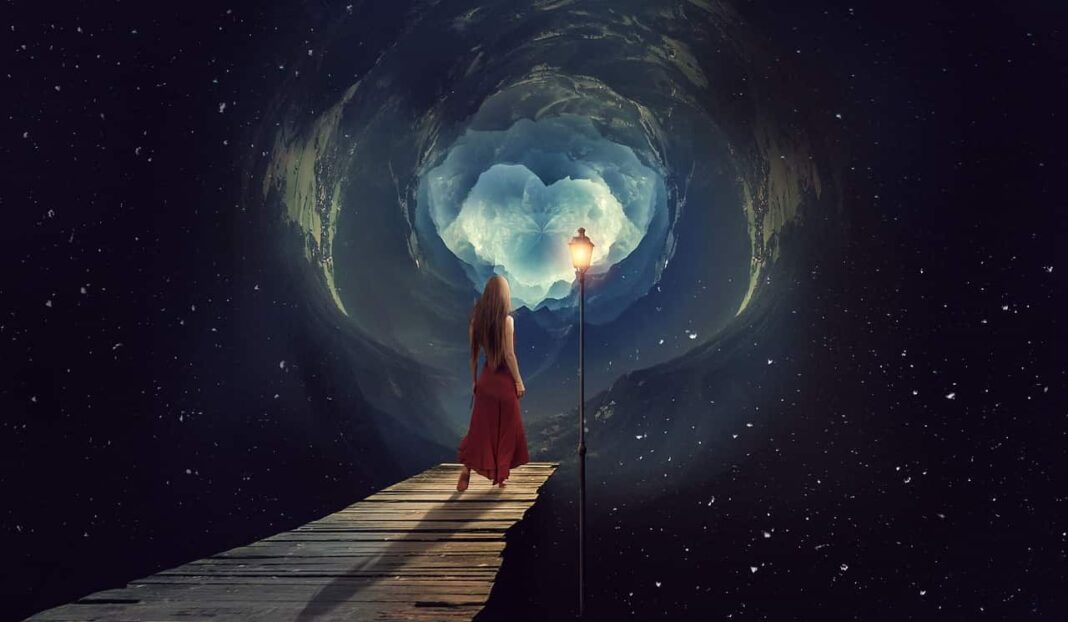In the realm of poetry and literature, few styles capture the complexities of love, fate, and emotions as beautifully as Kismat Emotion Shayari. Shayari, a traditional form of poetry in the Indian subcontinent, has been a timeless way to express deep feelings and experiences. Kismat Emotion Shayari, in particular, delves into the intimate connection between destiny and emotions, often exploring how life’s circumstances and fate shape our hearts, relationships, and dreams.
This article will explore the significance of Kismat Emotion Shayari, its impact on expressing the emotional intricacies of fate and love, and why it resonates with so many people. Whether you’re a fan of poetry, someone who enjoys reading meaningful words, or just curious about how fate intertwines with feelings, this article will serve as a comprehensive guide to understanding the depth and beauty of Kismat Emotion Shayari.
What is Kismat Emotion Shayari?
Kismat Emotion Shayari refers to poetry that intertwines the concept of fate (Kismat) with human emotions. In this genre of Shayari, poets explore how destiny plays a role in shaping emotional experiences, relationships, and life choices. Kismat refers to the idea of fate or destiny—how life’s events and outcomes are often beyond our control, determined by an unseen force. Emotion, on the other hand, captures the range of human feelings—love, pain, longing, joy, and sorrow.
Together, Kismat Emotion Shayari delves deep into the heart of the human experience, portraying the emotional turmoil caused by fate’s hand, as well as the beauty of love and connection. This style of Shayari often evokes feelings of nostalgia, longing, acceptance, and even regret, making it relatable to anyone who has ever felt that life’s events were influenced by forces beyond their control.
The Essence of Kismat in Emotion Shayari
In Kismat Emotion Shayari, Kismat plays a pivotal role in shaping the emotional journey of individuals. It’s the belief that certain things in life—whether it’s meeting someone special, facing heartbreak, or finding happiness—are preordained by destiny. In many ways, fate serves as a guiding force, sometimes cruel, sometimes kind, but always influential. This exploration of fate’s role in shaping emotions makes Kismat Emotion Shayari especially poignant and relatable.
- Fate and Love: Love, perhaps the most powerful emotion, is often intertwined with the theme of fate in Shayari. The idea that two people meet due to a twist of destiny, or that love blossoms in the most unexpected ways, is a central theme. For example, some poems express that meeting a loved one wasn’t a coincidence—it was written in the stars. In Kismat Emotion Shayari, the lines between love and destiny blur, creating a sense of inevitability.
- Heartbreak and Fate: On the flip side, fate is also seen as a culprit when love is lost. In many Shayaris, people express the sorrow of unrequited love or painful separation by questioning why destiny led them to someone who they can’t be with. Here, fate is often seen as both cruel and mysterious, adding layers of emotion to the pain of love lost.
- Regret and Acceptance: Often, Kismat Emotion Shayari explores the emotional journey of regret. This might be the regret of not having pursued a relationship or the regret of lost opportunities. At the same time, it might also reflect acceptance—acknowledging that everything happens for a reason and that life’s twists and turns are out of our hands.
Why Does Kismat Emotion Shayari Resonate with So Many?
Kismat Emotion Shayari resonates deeply with people because it speaks to universal experiences and emotions. Life is full of moments when individuals feel powerless in the face of their circumstances, when they experience joy or sorrow that seems beyond their control, or when they wonder whether love and relationships are governed by fate. Shayari captures these feelings in a beautifully poetic way, offering comfort and solace to those who read it.
- Connection to Universal Experiences: The themes of fate, love, heartbreak, and regret are things that everyone experiences at some point in their lives. Whether it’s a feeling of destiny guiding you to a loved one or a sense of heartbreak when things don’t work out, Kismat Emotion Shayari speaks to these deeply personal and relatable emotions.
- A Sense of Catharsis: Sometimes, reading or writing Kismat Emotion Shayari allows individuals to release bottled-up emotions. It serves as a form of emotional expression and catharsis—helping people articulate feelings that might be difficult to express otherwise.
- A Tool for Healing: Many find comfort in reading Kismat Emotion Shayari during difficult times. Heartbreak, loneliness, and loss often evoke feelings of helplessness, but the words of a well-crafted Shayari can help individuals make sense of their emotions. It can provide solace, offering a reminder that fate plays a role in everyone’s life journey.
How Kismat Emotion Shayari Is Used
Kismat Emotion Shayari is a versatile form of poetry, often used in various ways to express feelings and emotions. Some of the most common uses of Kismat Emotion Shayari include:
- In Love Letters and Messages: One of the most popular ways to use Kismat Emotion Shayari is in love letters and messages. Lovers often send these poems to express how fate led them to each other, or how they feel about the timing of their relationship. The beauty of Kismat Emotion Shayari lies in its ability to convey deep emotions in just a few lines, making it a perfect medium for love expressions.
- Social Media Posts: In the age of social media, people frequently post Kismat Emotion Shayari to convey their feelings. Whether it’s a bittersweet moment of love or a reflection on destiny, Kismat Emotion Shayari adds emotional depth to social media captions, allowing individuals to share their inner thoughts with others.
- In Healing and Reflection: People who are going through personal struggles, such as the loss of a loved one or a breakup, often turn to Kismat Emotion Shayari as a means of processing their feelings. Reading or writing Shayari allows people to reflect on their experiences, gain emotional clarity, and heal.
- In Cultural and Religious Contexts: In many South Asian cultures, Kismat Emotion Shayari is also used in religious and spiritual contexts. The theme of fate and destiny is often tied to the belief that a higher power controls the course of one’s life. Shayari becomes a way to express faith, surrender to destiny, and find meaning in life’s uncertainties.
Famous Kismat Emotion Shayari Examples
Here are a few examples of Kismat Emotion Shayari that beautifully capture the essence of fate and emotions:
- Love and Destiny:
“Zindagi ke har mod pe,
Kismat ne humein tumse milaya,
Aaj bhi khada hoon mein,
Tumhare pichhe apne hi dil se,
Kismat ki kahani apni thi.”(At every turn in life,
Fate led me to you,
Even today, I stand here,
Behind you with my heart,
My destiny was written this way.) - Heartbreak and Fate:
“Kismat ne har baar humse chhupake rakha,
Tumhe humse door rakha,
Phir bhi dil ko yeh yakeen hai,
Tum se juda karna kismat ka tha faisla.”(Fate kept you hidden from me,
Kept you away from me,
Yet my heart believes,
That separating us was fate’s decision.) - Regret and Reflection:
“Kismat ka khel bhi ajeeb hai,
Milne ki waqt galat tha,
Dil ki baat keh nahi paya,
Phir kismat ki wajah se yeh doori thi.”(Fate’s game is strange,
The timing of our meeting was wrong,
I couldn’t express my heart,
And because of fate, this distance grew.)
Conclusion
Kismat Emotion Shayari is an art form that beautifully captures the intricacies of life, love, and destiny. It provides a way for individuals to reflect on their personal journeys, express deep emotions, and understand the sometimes bittersweet connection between fate and feelings. Whether it’s love, loss, regret, or acceptance, Kismat Emotion Shayari continues to resonate with people across cultures and time periods, offering solace and expression to those navigating the complexities of life.


